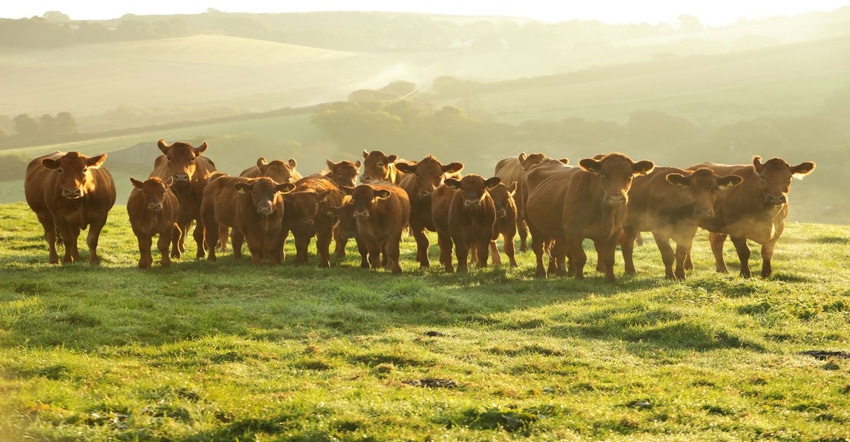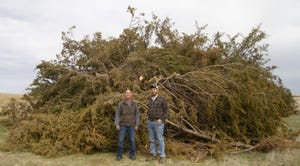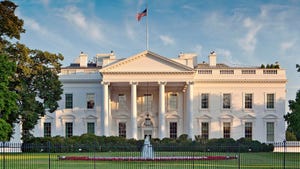Should I fertilize my Bermudagrass pasture this year?
An average cow will waste 43 pounds of forage per day.
May 17, 2022

This has been a frequently asked question over the past few months as we have seen fertilizer prices skyrocket to unprecedented levels. These high prices have many producers wondering if it is too expensive to use fertilizer in 2022. The issue is further complicated by the reality of drought. Even with some recent rainfall, much of Oklahoma remains starved for moisture. From the standpoint of cow-calf operations, a bottomline approach considering the number of cows and calves on inventory and how much they need to consume will determine an individual producer’s forage needs. Determining the price at which fertilizer becomes economically cost prohibitive needs to consider the following:
An average cow will eat, trample on, lie on, defecate on or waste 43 lbs. of forage per day.
A 300 lb. growing calf will consume about 9 lbs. of forage dry matter per day.
A 600 lb. growing calf will consume about 18 lbs. of forage dry matter per day
Bermudagrass responds to Nitrogen fertilizer at a linear rate when there is ample rainfall to permit growth. By applying 50 lbs. of nitrogen (109 lbs. of Urea) per acre, we expect Bermuda to yield one ton of forage. Each additional 50 lbs. of nitrogen applied should result in an additional ton of forage produced.
Bermuda is considered an improved grass meaning it needs fertilizer, weed control, proper stocking rate and moisture. Without any nitrogen applied, a reasonable expectation of yield should be well under ton/acre.
Analysis by OSU Farm Management specialist JJ Jones indicates Urea fertilizer at prices of less than $1,000 per ton, is a more economical option for feeding cows than harvested forages.
Although fertilizer prices are relatively high compared to the past it is still more economically feasible to fertilize pasture instead of buying hay.Producers that elect not to fertilize to meet forage needs will have to either spend more money in the fall to purchase hay or reduce stocking rates to match forage availability.
Do the math. Determine your forage needs based on your inventory. Sustaining cows on grazed forage will be a more cost effective than other means of meeting nutritional requirements.
You May Also Like
.png?width=300&auto=webp&quality=80&disable=upscale)


